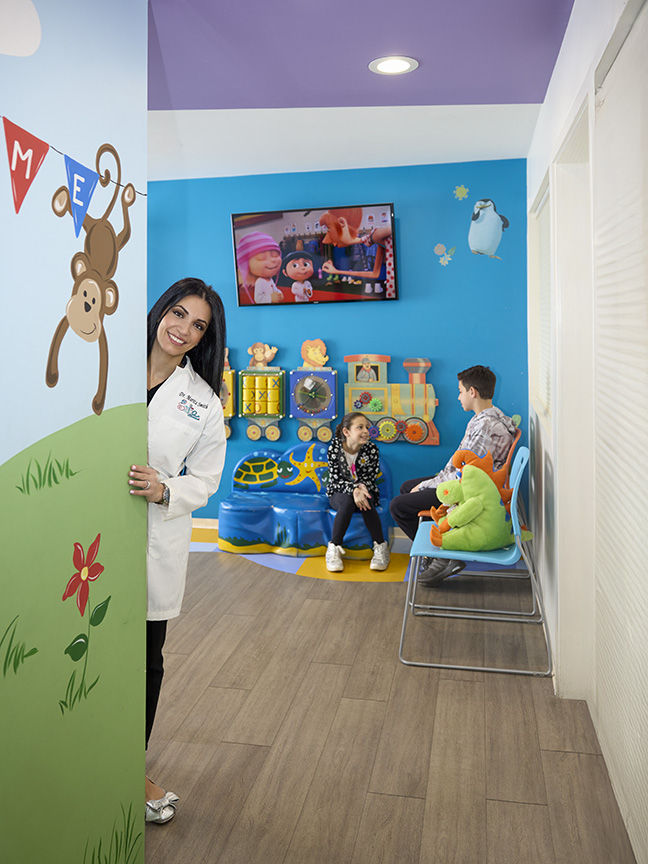
What Are Processed Foods and Are They Really That Bad to Eat?
We got the skinny on processed foods and your kids’ health, so you can make smart choices in the grocery store.
Get kid-friendly activities sent to you!
Get the Best Kid-Friendly Activities
Sent to You Weekly!
A practical tip is to use Murphy’s 70-30 rule. “If seventy percent of our food is high antioxidant food, so high protein, good vegetables, lots of vitamins and minerals, then [it] will be able to take care of the thirty percent of the ‘bad’ diet,” shes says.
By feeding your family nutrient-dense foods you’ll automatically reduce the amount of processed foods they eat, without having to obsess. “All meals and snacks should have a variety of the main food groups,” Monson suggests. “A grain, a fruit or vegetable, and a protein. If you do that it becomes less of a big deal because they are getting that other nutrition.”
Remember: Every day doesn’t need to be perfect. It’s all about creating a healthy food environment at home, not banning foods. “Ultra-processed foods are everywhere and kids need to exist in a world that has them because they’re not going to go away,” Kuzemchak says. “Denying your kids sets them up to want them even more. When they have their own money in their pocket, when they have some freedom, they’re going to seek out those foods. There is research to back up that for certain children, if you deny them certain types of food, when you present them with those foods then they will overeat them. ”
As Pulitzer Prize-winning investigative reporter Michael Moss said in his book, Salt Sugar Fat: How the Food Giants Hooked Us: “They may have salt, sugar, and fat on their side, but we, ultimately, have the power to make choices. After all, we decide what to buy. We decide how much to eat.”









